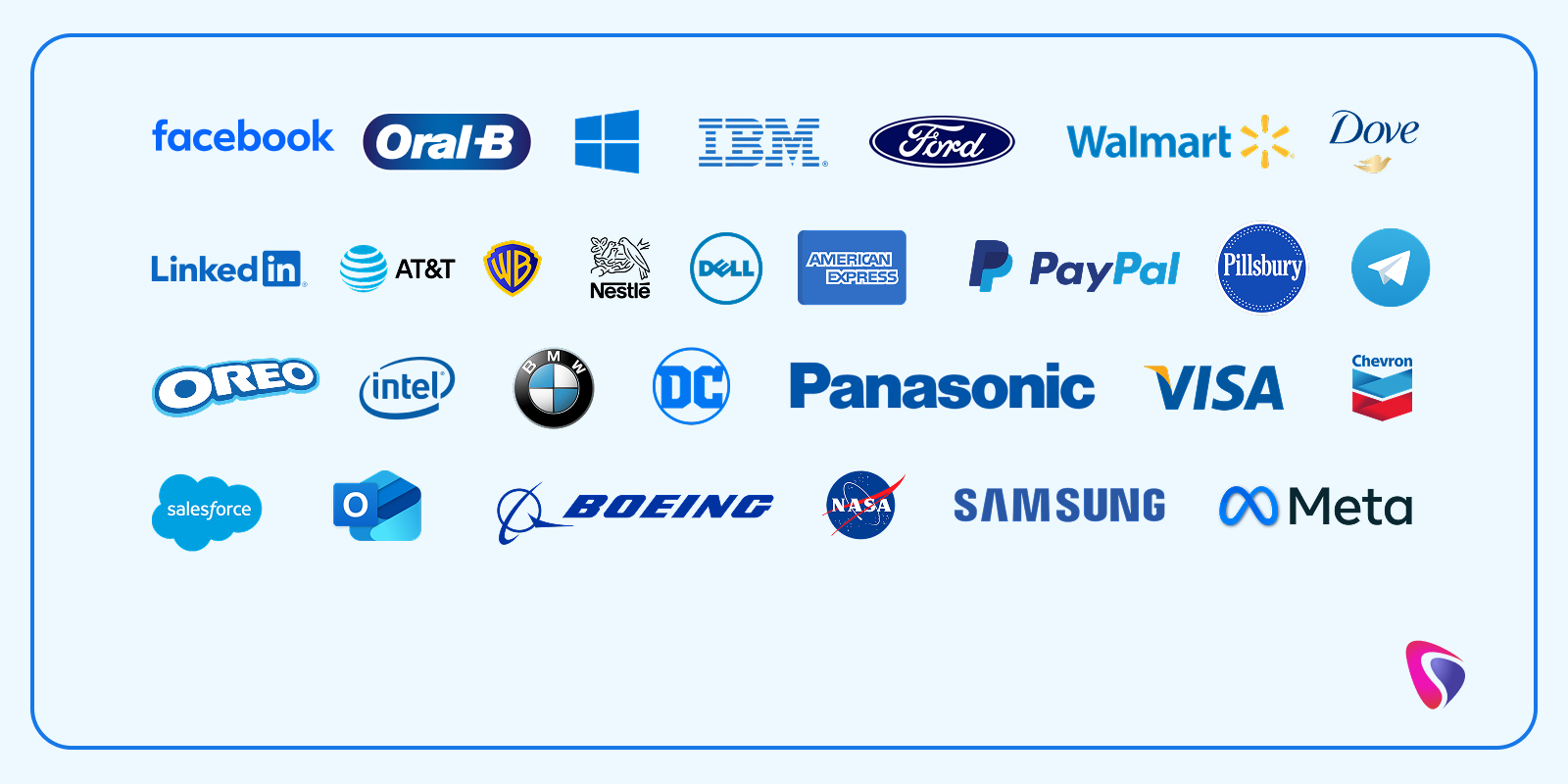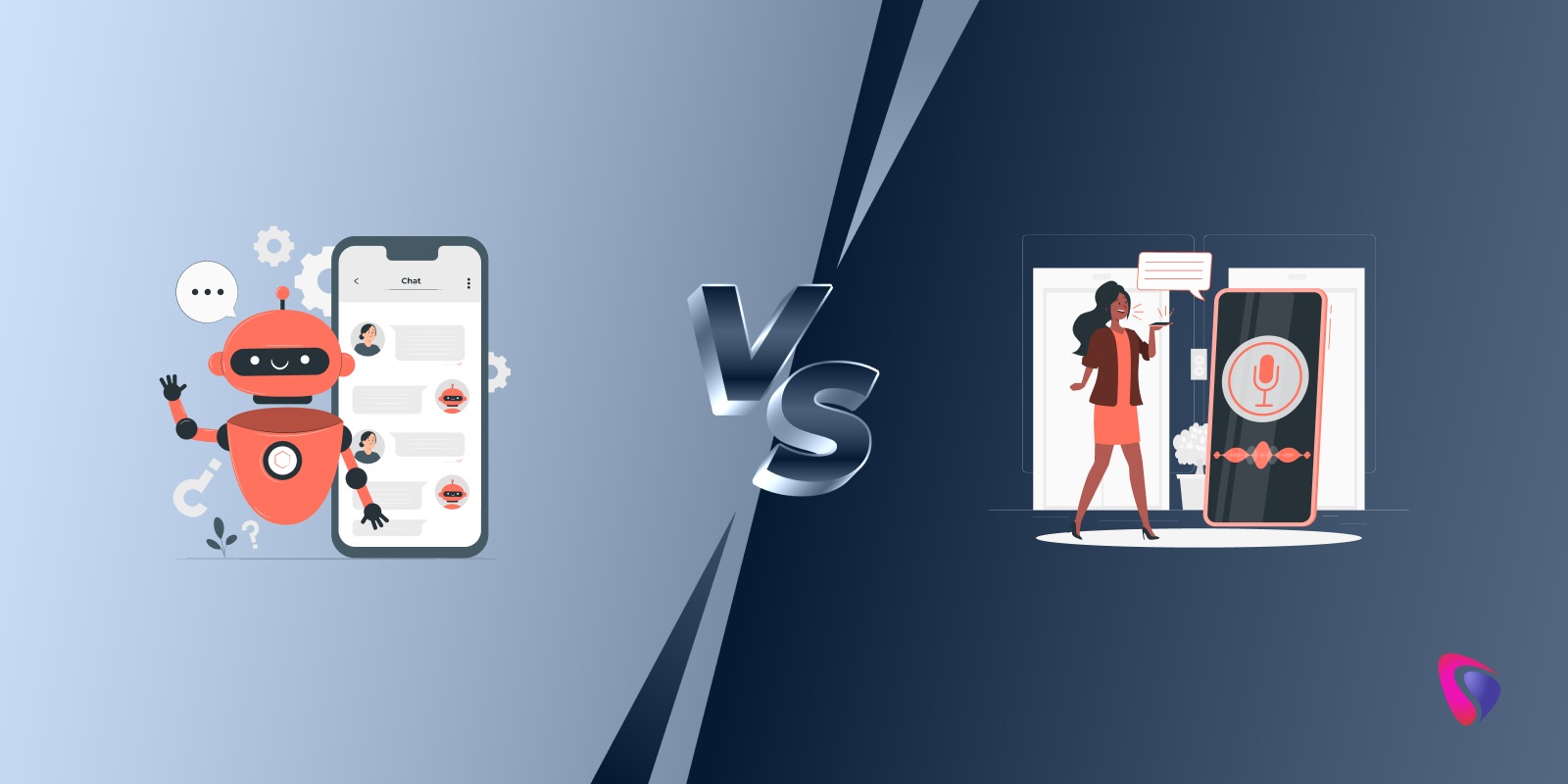
Introduction
Node.js is a sophisticated JavaScript runtime environment that is utilized by developers to craft swift and bespoke server-side applications. When operated in conjunction with Node Package Manager (NPM), the result is a much simpler package and dependency management. In this article, we will discuss all the steps involved in installing Node.js and NPM (Node Package Manager) on both Windows and Mac operating systems. Node.js is a trailblazing and efficient part of the JavaScript engine that allows you to curate scalable and efficient online applications, while NPM (Node.js' default package manager) grants it access to a vast ecosystem of libraries and tools.
In the world of the software development market, JavaScript has become a vital language with a lot of popularity among developers. Front-end developers utilize JavaScript to assemble feature-rich user interfaces and AJAX to seamlessly interact with back-end web services. Node.js developers across the globe who operate on the server side have switched to JavaScript for its non-blocking nature. Many front-end frameworks, such as Angular, TezJS, VueJS, and React, deploy JavaScript as the primary language due to its code-optimizing capabilities. In actuality, choosing JavaScript development services as your initial choice will unlock incredible opportunities to comprehend a single language while also constructing "full-stack" online apps. Let's start by understanding the basics and why NodeJs is an essential component of this server-side JavaScript revolution.
What is Node.js?
Let's talk about this in layman's terms to ease into the process. Imagine you're constructing a house. But how does Node.js fit into this scenario, well, Node.js works in equitability to the foundation and structure of a home. Node.js is like a hardware store where you can go and get all of the materials required to build a house, such as paints, doors, windows, plumbing items, and home decor furnishings. Node.js is an open-source JavaScript runtime environment that performs across several platforms. Consider Node.js an engine that lets you execute JavaScript code outside of a web browser. This insinuates you can utilize JavaScript to assemble server-side programs like web servers, APIs, and command-line utilities. Node.js offers an environment for running JavaScript code, but NPM allows you to easily include pre-built elements (packages) into your projects, saving you time and effort.
Key Elements
- Asynchronous and Event-Driven: Node.js is designed on an event-driven architecture, which allows it to handle several requests simultaneously.
- Large and Active Community: A substantial and engaged developer community offers significant support, libraries, and resources.
- Cross-platform: It works effortlessly on Windows, macOS, and Linux making it streamlined.
- Fast and Scalable: Recognized for its speed and capacity to manage a high number of concurrent connections, Node.js is an agile product.
What is NPM?
The full form of NPM is Node Package Manager. It is the default package manager for Node.js. Being a package manager for JavaScript helps with sharing, downloading, and managing code packages. It's basically a tool that assists you in managing external code libraries (called "packages") that you can employ in your Node.js projects. NPM (Node Package Manager) is available for free, hosts an impeccable library of JavaScript packages, and is also an open-source registry. It helps in managing dependency conflicts and confirms that the valid version of a library is engaged across all environments.
NPM enables developers to publish open-source projects and install them from the registry. It also delivers a list of security loopholes that programmers can utilize to audit their dependencies. With NPM, you can use the command-line interface (CLI) for registry interactions, and here's what else it can do: install packages (NPM install command), update packages (NPM update command), and audit your dependencies for security vulnerabilities (NPM audit command). Some of the most prominent NPM packages are React, Lodash, Axios, Express, and Mongoose.
Key Elements
- Package Installation: Effortlessly install, update, and uninstall packages from the NPM registry (an extensive repository of JavaScript packages).
- Package Publishing: It enables you to publish your reusable code as packages to the NPM registry.
- Scripts: Facilitates you to specify and run scripts within your project, such as commencing a development server or running tests.
- Dependency Management: Automatically oversees the dependencies between distinct packages involved within your project.
Requirements
Before you start with NodeJs and NPM, you need to be aware of some provisions. Here's all that you will need to begin:
Software Provisions
- One GE interface
- Chocolatey
Hardware Provisions
- CPU Intel Core i3TM i3 HQ CPU @2.50 GHz
- ROM 256 GB
- RAM 4GB
Let's begin the installation process and understand the steps involved in installing Node.js and NP on Windows and macOS.
Installing Node.js and NPM on Windows
Windows users may easily install Node.js and NPM with the official installer. Here's a full step-by-step guide:
Step 1: Download the Installer
1. Start by visiting the official website for Node.js
2. Here you will find two versions that are:
- Current: This includes the recently upgraded features but doesn't assure any form of stability.
- Long-Term Support (LTS): It's suited for all kinds of users and is also recommended for production.
3. Click on the relevant download link for Windows. This will then download a .msi installer file.
Step 2: Install Node.js
1. Begin by locating the .msi file in your Downloads folder and then double-click in order to start launching.
2. This installer will further guide you through the overall installation process. Some key steps involved in the same are:
- Start by accepting the License Agreement
- Select the installation directory. Choosing the default route is also usually considered sufficient.
- Choose the features you wish to install, and within this Node.js and NPM are selected by default.
- Optionally, you can also decide to incorporate Node.js into your PATH environment variable (recommended by professionals).
4. Click Next and then Install.
5. After the installation is done, you might need to restart your laptop or PC for the changes to become activated and start functioning.
Step 3: Authenticate your Installation
Next, go ahead and open the Command Prompt or PowerShell by searching for it in the Windows search bar.
Proceed by running the following commands to verify the installation:
- node -v: This indicates the installed Node.js version.
- npm -v: This indicates the installed NPM version.
Step 4: Update NPM
Updating your NPM (Node Package Manager) is an optional procedure but a professionally recommended one. Even though the Node.js installer comes with NPM, chances are it might not be the latest or the upgraded version. For updating the same:
Open Command Prompt or PowerShell.
Run the following command:
- CSS
- CopyEdit
- npm install -g npm@latest
- Confirm the updated version with npm -v.
Step 5: Test the Installation
1. Start by generating a test JavaScript file named app.js and then add the following content:
- JavaScript
- CopyEdit
- console.log("Node.js and NPM are installed successfully!");
2. Post this, you can run this file using the following command:
- CopyEdit
- node app.js
- If you see the message, your installation is successful.
Installing Node.js and NPM on MAC
Mac users conveniently install Node.js and NPM utilizing the official installer or even version management such as NPM (Node Package Manager). Let's understand this method via steps for a better explanation of the official installation method:
Step 1: Download the Installer
- Start by visiting the official Node.js website
- Next, you have to download the LTS or Current version for macOS. This file entails a .pkg extension.
Step 2: Install Node.js
- Start by locating the downloaded .pkg file and double-click to open it.
- Next, continue following the setup wizard:
- Read the License Agreement carefully and accept it
- Select the directory of the installation, and the default location is usually appropriate.
- Post this, you can proceed with the installation process.
- After the installation is completed, you might need to restart your Terminal.
Step 3: Verify the Installation
- Open the Terminal
- Start by checking the already installed versions using these commands:
- node -v: Displays the installed Node.js version.
- npm -v: Displays the installed NPM version.
Step 4: Update NPM
Updating your NPM (Node Package Manager) is an optional choice but a professionally recommended one. To revamp your NPM to the latest version, run the subsequent command in your Terminal:
- CSS
- CopyEdit
- npm install -g npm@latest
- Verify the updated version using npm -v
Step 5: Test the Installation
For testing your installation, you can start by creating a test file named app.js with the following content:
- javascript
- CopyEdit
- console.log("Node.js and NPM are successfully installed on macOS!");
Next, start running the file using:
- CopyEdit
- node app.js
If the message appears, the installation is successful.
Benefits of Installing Node.js and NPM
Node.js and NPM (Node Package Manager) have completely transformed the software development industry and are ruling the top front-end framework segments. By yielding unrivaled benefits for creating contemporary, scalable, and efficient apps, JavaScript development and Node frameworks have provided Node.js developers with incredible flexibility. Whether you're a fresher who's just started JavaScript or an experienced Node.js developer currently pursuing complicated projects, installing Node.js with NPM offers you much better solutions. Let's understand the benefits better:
Cross-Platform Compatibility
Node.js is primarily compatible with all the major operating systems out there, including Windows, macOS, and Linux. This helps in providing Node.js developers with a uniform development environment across platforms. This level of interoperability further facilitates project collaboration, independent of team members' operating systems.
What's the importance?
- Streamlined collaboration across teams.
- Flexibility to swap between operating systems without reconfiguring any code bases.
Fast and Scalable Development
Since Node.js is powered by Google Chrome's V8 JavaScript engine, it's automatically deemed for its efficiency and speed. Its non-blocking I/O and event-driven approach allow programs to effortlessly govern several connections at once, driving it perfectly for real-time and high-traffic applications.
Primary Benefits
- Consolidated server response time.
- Proactive resource surveillance, facilitating scalability.
- Immaculate for building APIs, chat applications, and streaming platforms.
Comprehensive Package Ecosystem with NPM (Node Package Manager)
NPM is Node.js' default package manager, supplying access to millions of open-source libraries and modules. Node.js developers can utilize these packages to save time and effort in their undertakings.
Why is NPM (Node Package Manager) so priceless?
- Revs development by supplying pre-built solutions for typical tasks.
- Confirms code reuse and uniformity.
- Periodic updates and contributions from the global developer community ensure that packages stay secure and up to date.
Full-Stack JavaScript Development
Node.js permits Nodejs developers to conveniently utilize JavaScript for both client-side and server-side scripting. This minimizes the condition of learning miscellaneous languages and streamlines the overall development process.
What are the Advantages?
- Uniformity in codebase and logic across the application.
- More manageable debugging and upkeep due to a single language ecosystem.
- Enriched productivity as Nodejs developers can focus on dominating and mastering just one language.
Real-Time Application Development
Node.js excels in building real-time applications, such as chat platforms, gaming apps, and live streaming services, due to its ability to handle multiple simultaneous connections efficiently.
Real-time features enabled by Node.js:
- WebSocket support for bi-directional communication.
- Event-driven architecture for seamless real-time updates.
- Enhanced user experience with instant notifications and responses.
Large and Active Community
The Node.js and NPM communities are some of the most extensive and supportive ones in the software development industry and JavaScript development world. Reputed back-end web services developers have access to innumerous tutorials, forums, and resources, making it easier to fix issues and stay updated with the latest trends.
Community benefits
- Access to an extensive pool of wisdom and expertise.
- Periodically updated libraries and tools.
- Myriad of networking opportunities via events and meetups.
Microservices Architecture
Node.js is an excellent solution that's used for developing microservices, a software architecture that separates an application into tiny, self-contained components. This further enables teams to work on various elements of a program concurrently and release updates more quickly.
Benefits of microservices with Node.js
- Enhanced application scalability and flexibility.
- More instantaneous deployment and issue resolution
- Simplified testing and debugging
Elevated Performance with Asynchronous Programming
Node.js implements an asynchronous, non-blocking I/O architecture, which improves application performance. It handles several requests concurrently, without waiting for one to finish before proceeding on to the subsequent.
Performance Impact
- Improved performance through faster task execution.
- Lower latency and enhanced the user experience.
- Ideal for applications that need extensive data processing.
Seamless Integration with Modern Tools and Frameworks
In the world of the software development industry, Node.js integrates effortlessly with popular frameworks such as Express.js, Koa.js, and NestJS. It correspondingly performs well with front-end frameworks like React, Angular, and Vue.js, qualifying developers to construct end-to-end solutions quickly.
Integration Benefits
- Pre-built templates help to speed up project setup.
- Automated workflows for modern web development.
- Ability to tweak and enhance functionality.
Cost-Effective Solution for Enterprises
Node.js is open-source, which renders it an affordable option for many startups and businesses automatically. Its extremely effective resource management and scalability lower infrastructure costs, while NPM packages minimize development time and money.
Cost-saving Advantages
- No extra costs for licensing
- Pre-built modules are administered to save development time.
- Scalability encourages companies to pay for resources as they develop.
Simplified Deployment and Maintenance
Node.js boasts an incredibly lightweight architecture that accurately streamlines the deployment process for Node.js, allowing apps to launch quicker and more efficiently. Furthermore, its single-threaded event loop reduces the need for upkeep.
Why's it Important?
- More instantaneous time to market for new features.
- More uncomplicated scaling and updating without downtime.
- Decreased operational overheads.
Ongoing Evolution and Innovation
In 2025, just like back-end web services and top front-end frameworks, the software development industry is constantly evolving, with new features and improvements being added regularly. NPM (Node Package Manager) is also joining this bandwagon of periodic updates, confirming that when you hire Node.js developers, they'll also get access to the latest tools and security patches.
Primary Benefits
- Remain ahead of the curve with cutting-edge technology.
- Improved application security with frequent updates.
- Guaranteed access to innovative tools and libraries.
Versatility Across Applications
Node.js stands out for its versatility in many use cases. It boasts a very strong ecosystem support for a variety of application kinds and its capability to manage several tasks efficiently makes it an added bonus. Node.js subsidizes a broad range of applications, including:
- RESTful APIs and GraphQL APIs.
- IoT (Internet of Things) applications.
- Content management systems (CMS).
- E-commerce platforms.
- Real-time collaboration tools.
Easy Version Management
Instruments such as NPM (Node Package Manager) streamline switching between different versions of Node.js. This thing is especially advantageous for developers performing on multiple projects that demand specific versions of Node.js.
Benefits
- Adaptability to test new features without disrupting existing projects.
- Dependency and update management have been streamlined.
- Enhanced compatibility between projects.
Conclusion
Installing Node.js with NPM on Windows and Mac opens up new avenues within the already incredibly advanced software development industry, that combines speed, scalability, and customization. From real-time apps to agile business solutions, Node.js caters to a broad spectrum of requirements. When you combine NPM's (Node Package Manager) vast package ecosystem, it encourages developers to assemble feature-rich apps proactively. Whether you're just starting out in coding or running your own development team as a TL, Node.js and NPM provide you with the tools you need to bring your ideas to life with matchless flexibility and performance.
But why choose nodejs framework? Node.js provides amazing opportunities for creating the best-in-class fast, resilient, and adaptable online applications. Both Next.js and NPM (Node Package Manager) are like ninja warriors for Nodejs developers. By learning more about their capabilities, benefits, purposes, and use cases, you can decide which one will exactly meet your app or web development needs. If you're still confused about these Javascript or any other top front-end frameworks, you can approach a leading Nodejs development company like Hyperlink InfoSystem. At Hyperlink InfoSystem, we grasp the complexity of the leading Node.js frameworks. As a result, we are available to support our clients at all stages of the trade. Hyperlink InfoSystem is a leading Node.js development company offering web app development services in over 20 industries. We help you build high-performing and scalable solutions with a team of specialized Node.js developers who understand how to fully leverage the potential of Node.js. Our portfolio comprises successful Node.js positions from a variety of industries, along with the flexibility to hire nodejs developers. Hyperlink InfoSystem has repeatedly demonstrated its ability to offer unique app solutions customized to customer requirements while consistently exceeding client expectations.
Hyperlink InfoSystem takes a client-centric strategy to align with all corporate objectives. By keeping open communication lines throughout the development process, our team provides total openness in collaboration. We also employ an agile development process, which allows us to adapt to constantly changing needs. This method allows organizations to ensure a speedier time-to-market and provide iterative feedback. We also place a strong focus on quality assurance throughout the development lifecycle, including rigorous testing methods and steps to monitor quality control. Connect with us to find out what we can do for you.
FAQs
Q- What is Node.js?
Ans- Node.js is an open-source JavaScript runtime environment that runs on several platforms. This solution enables developers to run their JavaScript code server-side. Node.js provides a robust framework for developing fast and scalable online applications and application programming interfaces.
Q- Is it possible to install different versions of Node.js on your OS?
Ans- With all the advancements currently happening in the software development industry, you can now install different versions of Node on your system. To rephrase, run: nvm install will install the equipped version. NPM (Node Package Manager) is used to switch between versions.
Q- How to install Node.js in MAC terminal?
Ans- The steps for installing Node.js in the MAC terminal are:
- Open the Terminal app
- Type brew update
- This leads to updating Homebrew (a free, open-source package manager that installs software on macOS and Linux) with a list of the latest version of Node.
- Next, go ahead and type brew install Node
- Sit back and wait. Homebrew has to download some files and install them. But that's it.
Q- What is the full form of NPM?
Ans- The full form of NPM is Node Package Manager. It's essentially a package manager and a software registry, but it also serves as a repository for developers to search, build, and oversee their code packages. Currently, NPM (Node Package Manager) has over 800,000 packages for a variety of applications, including top front-end frameworks, robotics, and mobile apps.
Q- How to install NPM specific version in Windows?
Ans- When it comes to NPM (Node Package Manager), installing a specific version requires you to :
- Specify the version: Determine the version number you need.
- Install the explicit version: Run npm install [package-name]@[version-number] to install or update to the specific version.


















